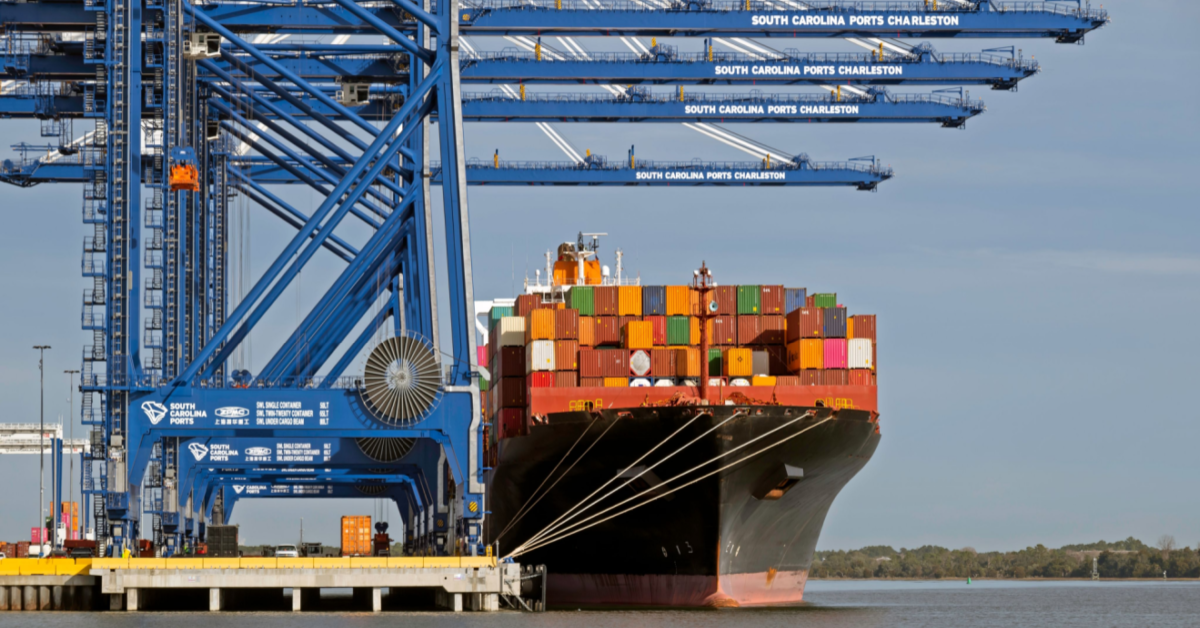
Driven by overstocked retailers and inflation tamping down consumer spending, the bottlenecks at the Port of Long Beach and Los Angeles are in the rearview. While seamless supply chains may be good news for importers and exporters, truckers who transport containers would be well-served to consider all their opportunities heading into 2023.
“The current market moderation is expected to spill over into 2023. With recessionary scenarios running high, we don’t expect world trade to exceed 2 percent next year and are penciling in a subdued growth rate of 1.2 percent for global goods trade. This falls behind expected GDP growth. With 1) consumer demand faltering, 2) the energy and subsequent inflation crisis persisting, and 3) ongoing labor and material shortages, there are simply not enough silver linings to keep global goods trade robustly flowing,” according to the Hellenic Shipping News.
The Wall Street Journal recently reported that the logjam of more than 100 vessels idling off the California coast has dropped to zero. Industry insiders generally agree that the unprecedented bottleneck was the culmination of a perfect storm.
Consumers were making online purchases with money traditionally used for leisure activities during the height of the pandemic. They also had additional income as the federal government doled out Covid relief checks and increased unemployment benefits. The hard data indicates that Asian imports spiked by 20 percent during 2021. However, consumers are no longer flush with cash as inflation drives up the cost of groceries and fuel.
“Once these inventories exhaust in North America and Europe, companies will order again, and demand for shipping capacity will pop back up. This won’t go back to max pandemic levels but certainly be back to the long-term average upward trend,” Container xChange’s co-founder and CEO Johannes Schlingmeier reportedly stated. “What has happened now is that the cargo is ‘on time’ again and hence you’ll see a slowdown in new ordering as companies adjust to this more efficient turnaround times in ocean freight delivery.”
Although slumping West Coast container ports may not necessarily have the high volumes to haul heading into 2023, independent truckers and fleet operations have other opportunities. East Coast container volume now rivals the West Coast, with the Port of New York-New Jersey outpacing Long Beach and Los Angeles. The Port of Savannah and Port of Charleston have also experienced higher volumes. Freight transportation outfits following the container migration may find additional work along the Gulf and Atlantic coasts.
Those who are not wedded to coastal loads may find the agricultural sector remains open arms to trucking operations. The Federal Motor Carrier Safety Administration continues to deny hours of service exemption requests from livestock organizations, including the National Cattlemen’s Beef Association, Livestock Marketing Association, American Farm Bureau Federation, American Beekeeping Federation, American Honey Producers Association, and National Aquaculture Association. There appear to be consistent truck transportation opportunities in America’s Heartland. Everyday people may not be interested in the latest device after the holidays, but everyone has to purchase groceries and they get delivered by truck.
Sources: supplychainquarterly.com, wsj.com, ccjdigital.com











Leave a Comment